- At the end of the course the participant will
- Explain SQL Server features and architecture
- Store and retrieve data from SQL Server
- Apply data integrity features to stored data
- Use indexes and views
- Use the programming language features of Transact-SQL
- Create XML documents to display SQL Server data

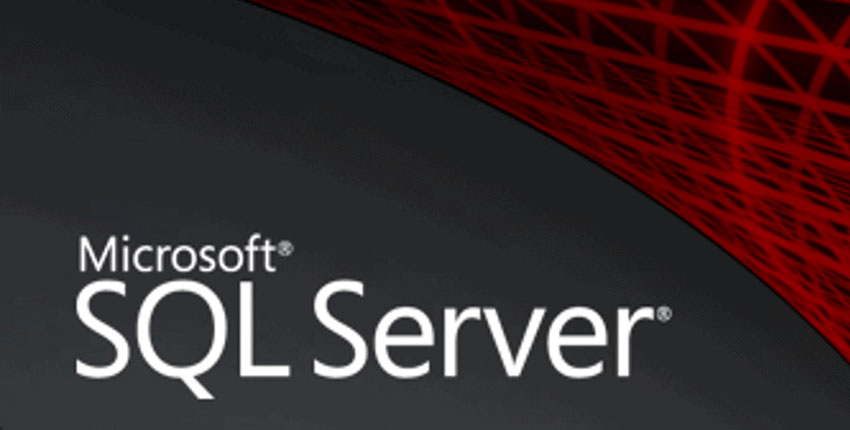

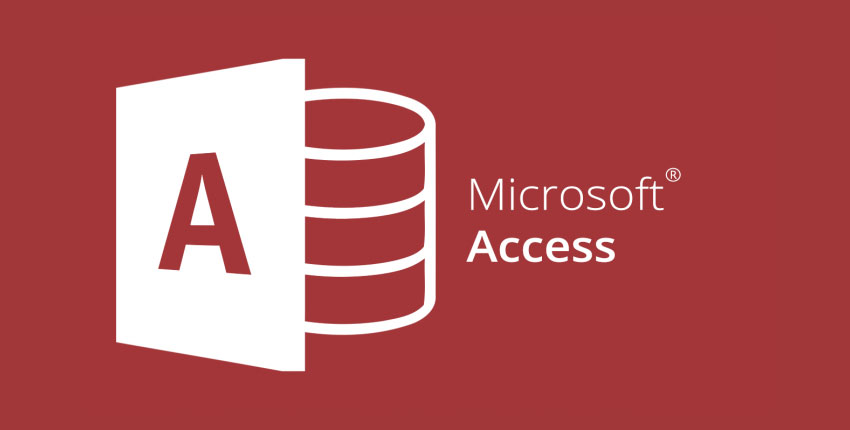
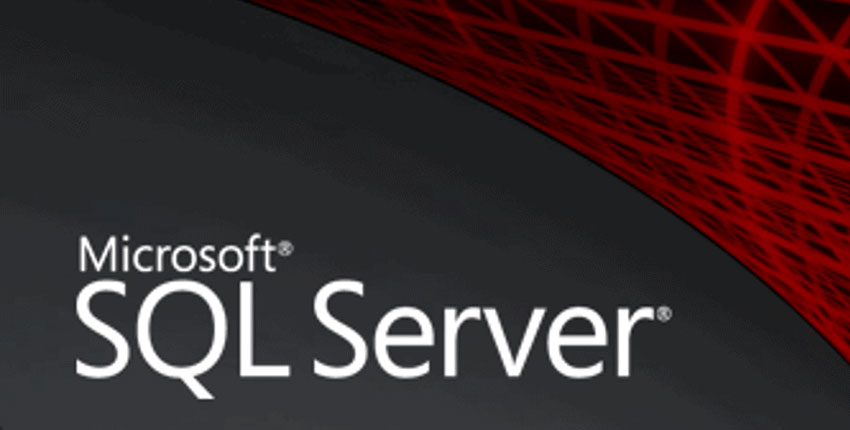
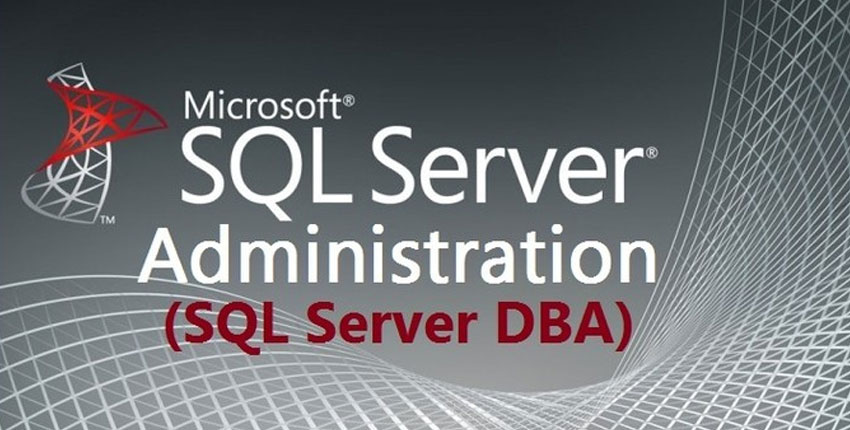
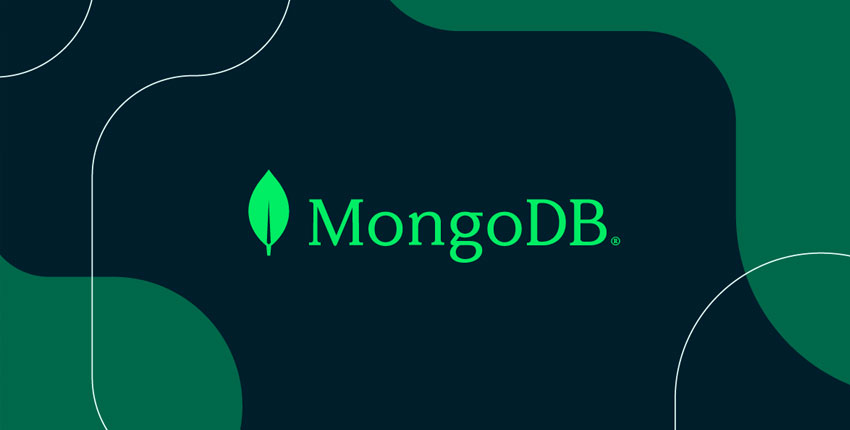
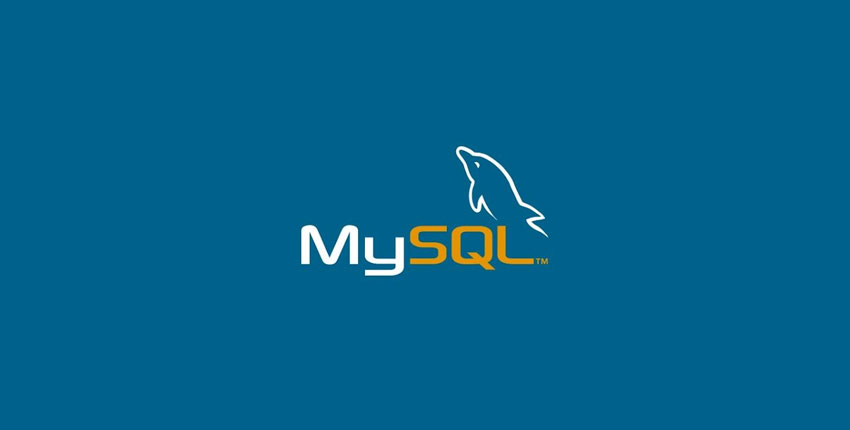
Write a public review